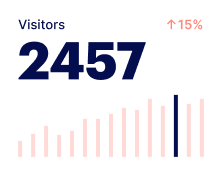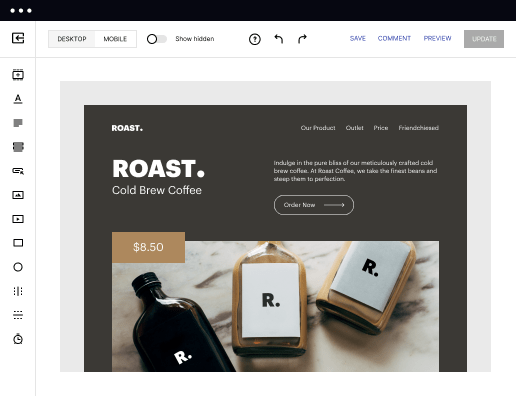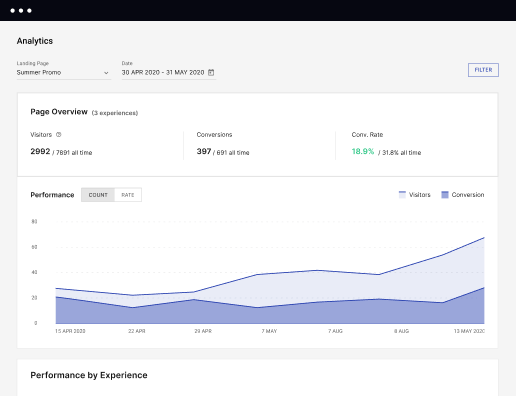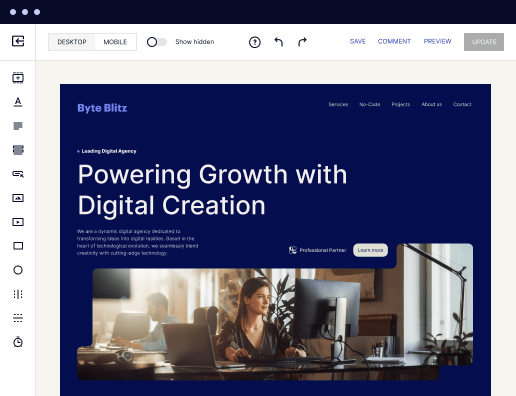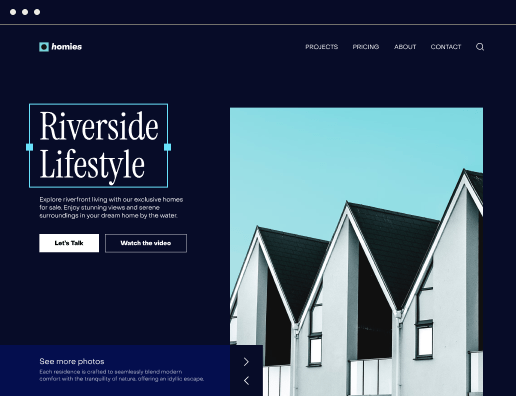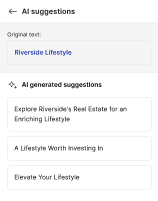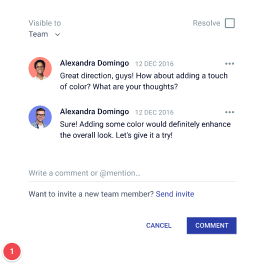Make your tailored blog page for Category managers
Empower Category managers with Instapage to deliver impactful blog page experiences and boost conversions.
Create your blog page for Category managers with Instapage
Creating a blog page tailored for Category managers is essential in the marketing ecosystem. Instapage provides a user-friendly platform that empowers marketers to craft landing pages efficiently. With over 100 conversion-focused layouts and no need for coding, crafting your unique landing page experience becomes seamless. This guide walks you through creating impactful blog pages that resonate with your target audience in the USA.
Understanding your audience's needs
Before diving into the design process, it's crucial to understand who your audience is. For Category managers in sectors like Marketing, Tech, and Government, the content must be relevant and specific. Identify the pain points and needs of your audience to tailor your messaging effectively.
- Conduct market research: Learn about the trends and preferences that define your audience's interests.
- Utilize customer feedback: Analyze insights from surveys or customer service interactions.
- Segment your audience: Divide your audience into distinct categories to deliver personalized content.
Choosing the right layout and design
Select a layout from Instapage’s library that best fits the message you want to convey. This step is about aesthetics as well as functionality.
- Focus on clean visuals: Ensure that the design is not cluttered and highlights essential information.
- Incorporate branding: Use colors, logos, and fonts consistent with your brand identity.
- Optimize for mobile: Make sure your blog page design is mobile-friendly, as many users access content through their smartphones.
Optimizing for conversions
Once your design is set, it’s time to optimize for better conversion rates. This involves testing various elements of the landing page.
- A/B testing: Implement variations to see which headlines or images lead to higher conversions.
- Utilize heatmaps: Analyze how users interact with your content to spot areas for improvement.
- Clear calls-to-action: Ensure your call-to-action buttons are prominent and persuasive.
By following these steps, you can effectively create a blog page that not only represents your brand but also drives conversions.
In conclusion, using Instapage to create a blog page tailored for Category managers enables you to deliver relevant content efficiently.
Ready to start creating your blog page? Sign up for an Instapage account today and discover how easy it is to engage your audience!
Get more out of Create your blog page for Category managers
Improve your Quality Score with quick load technology for landing pages
Increase conversions with content that aligns with your ads and audiences
Achieve maximum ROI by scaling your marketing initiatives
Leading the way in building high-performing landing pages





FAQs
See how to create your blog page for category managers in action
Ready to skyrocket conversions?
Supercharge your ad campaigns with high-performing landing pages.
Get started
